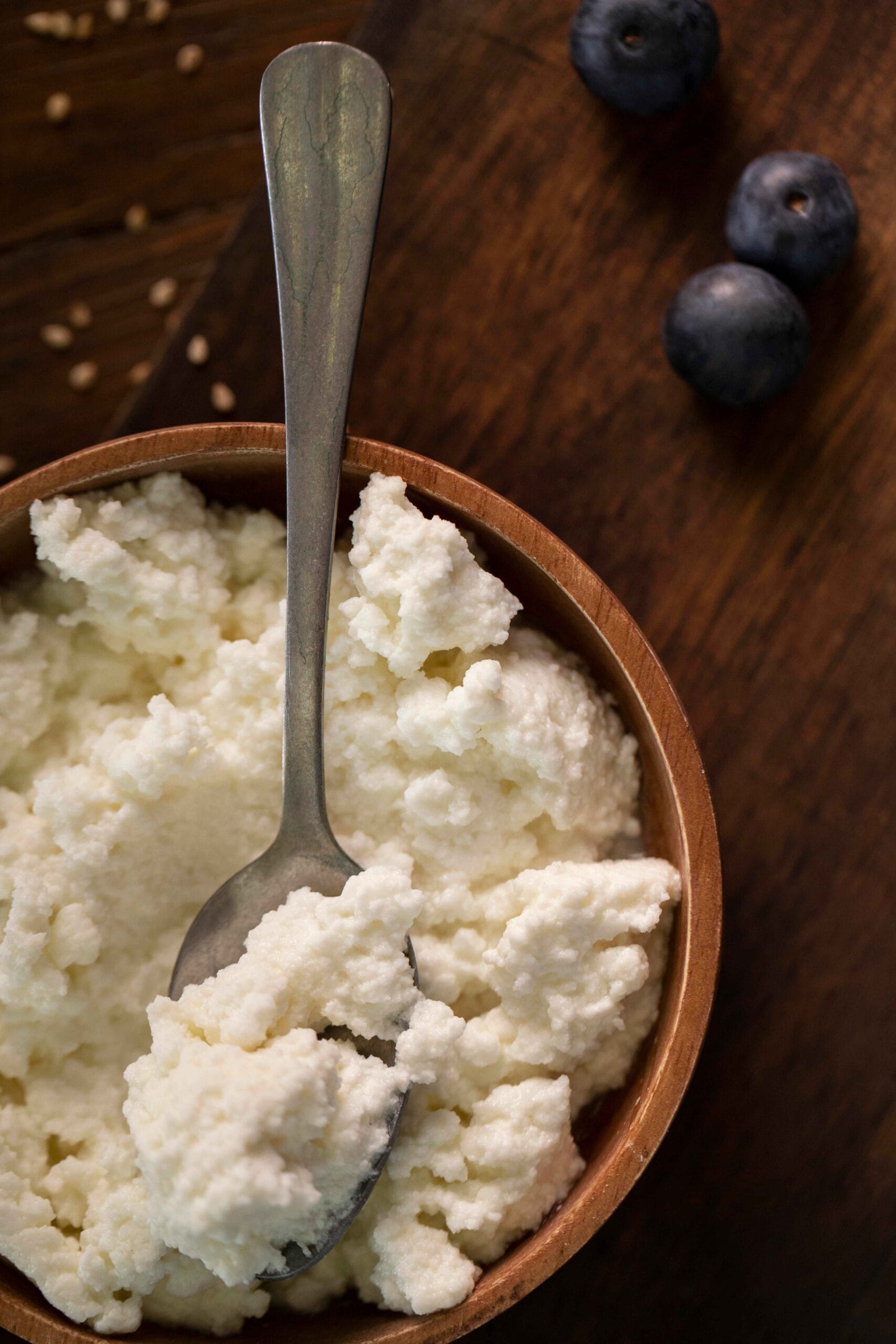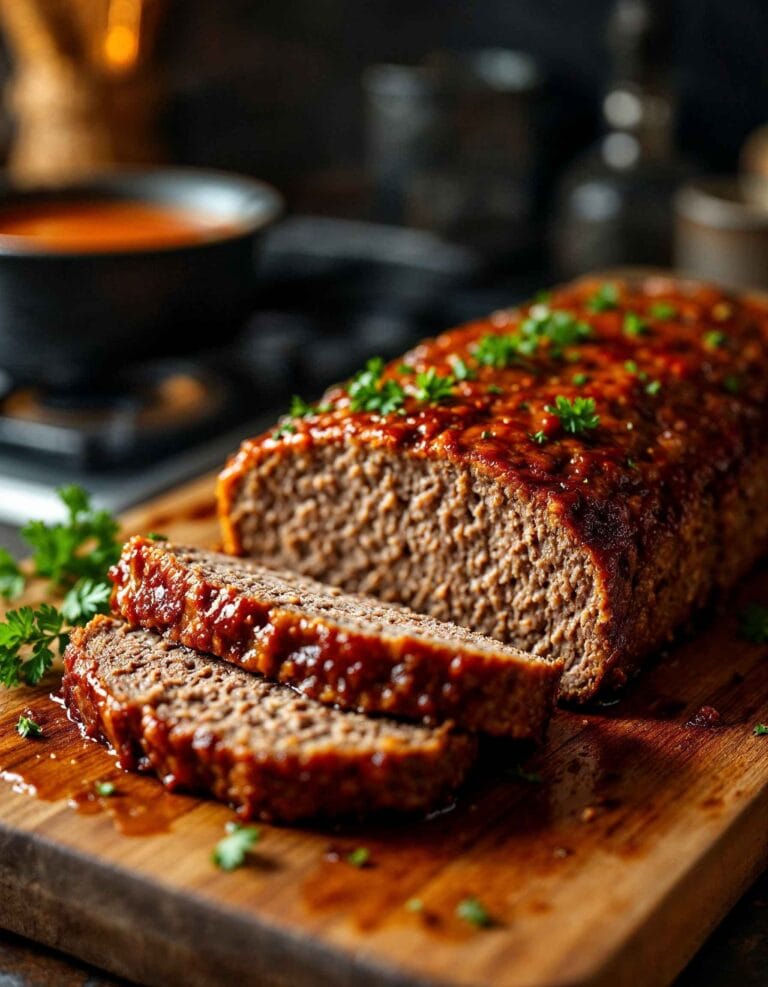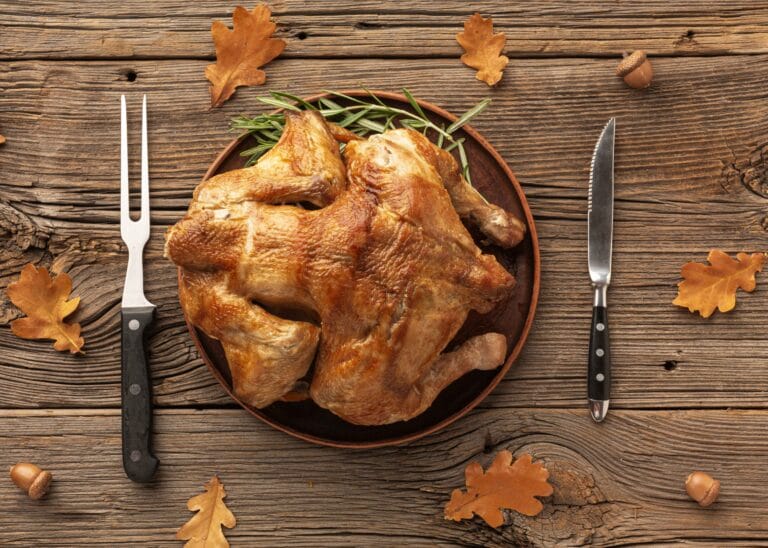How to Eat Cottage Cheese by Itself: Tips, Tricks, and Health Benefits
Cottage cheese, a versatile dairy product, is often praised for its health benefits and adaptability in recipes. But did you know it can be a delicious and satisfying snack all on its own? Eating cottage cheese by itself can be a convenient, protein-packed way to fuel your day without needing to add extra ingredients. Whether you’re aiming to enjoy it for its creamy texture, mild flavor, or nutritional punch, there are simple ways to make cottage cheese enjoyable and fulfilling as a standalone food.
This article will guide you through the best ways to prepare, serve, and enjoy cottage cheese by itself, along with the health benefits and tips to make it a staple in your diet.
Cottage Cheese Recipes: Delicious, Healthy, and Easy to Make
Understanding Cottage Cheese
What Is Cottage Cheese?
Cottage cheese is a fresh cheese made by curdling milk and separating the curds from the whey. Unlike aged cheeses, it is minimally processed and retains a mild, tangy flavor. Its creamy yet slightly lumpy texture makes it unique among dairy products. Available in various fat levels—ranging from full-fat to fat-free—cottage cheese is a popular choice for those seeking a nutritious and versatile option in their meals.
Nutritional Benefits of Cottage Cheese
Cottage cheese is a nutritional powerhouse, offering numerous health benefits:
- High Protein Content: A single serving of cottage cheese (about ½ cup) can contain up to 14 grams of protein, making it ideal for muscle repair and growth.
- Low in Calories: With only 90–120 calories per serving, it’s a guilt-free option for snacking or light meals.
- Rich in Micronutrients: Cottage cheese is packed with essential vitamins and minerals such as calcium, phosphorus, selenium, and vitamin B12, which support bone health, energy metabolism, and immune function.
- Low Carb: It typically contains 3–4 grams of carbohydrates per serving, making it suitable for low-carb and ketogenic diets.
Types and Varieties of Cottage Cheese
Cottage cheese comes in several forms to suit different preferences:
- Small-Curd vs. Large-Curd: The size of the curds affects the texture and mouthfeel. Small-curd cottage cheese is creamier, while large-curd offers more chewiness.
- Low-Fat and Non-Fat Options: These are ideal for calorie-conscious eaters while still offering high protein content.
- Full-Fat Cottage Cheese: With a richer, creamier texture, this option is perfect for those who enjoy a more indulgent flavor.
- Flavored Varieties: While eating plain is the focus of this article, flavored options (like pineapple or chive) are available for those who wish to experiment.
Choosing the Best Cottage Cheese
When selecting cottage cheese to eat by itself, consider the following:
- Freshness: Check the expiration date and choose a product with the longest shelf life.
- Texture Preference: Decide whether you prefer a creamier consistency or chunkier curds.
- Ingredient List: Opt for brands with minimal additives, focusing on natural ingredients for optimal flavor.

Why Eat Cottage Cheese by Itself?
While many people pair cottage cheese with fruits, vegetables, or crackers, eating it plain has its own merits:
- Simplicity: It’s a grab-and-go snack requiring no preparation.
- Flavor Appreciation: Eating it plain allows you to savor its natural tanginess and creamy texture.
- Dietary Control: Consuming it alone ensures you’re not adding unnecessary calories or ingredients.
Most Popular Ways to Eat Cottage Cheese: Sweet, Savory, and Creative Recipes
Preparing Cottage Cheese
Best Practices for Eating Cottage Cheese Alone
To enjoy cottage cheese at its best, a little preparation goes a long way. Here are some tips to ensure the flavor and texture shine when eaten by itself:
- Choose the Right Temperature: Cottage cheese tastes best when it’s chilled. Serve it straight from the refrigerator for a refreshing snack. If it’s been frozen or exposed to heat, the texture and flavor might not be as appealing.
- Stir Before Serving: Cottage cheese can settle in its container, causing the cream and curds to separate. Gently stirring it will redistribute the moisture and create a smoother, more uniform texture.
- Use a Quality Bowl or Dish: While it may seem trivial, serving cottage cheese in a small, clean dish can make it feel more like a treat and less like a convenience food.
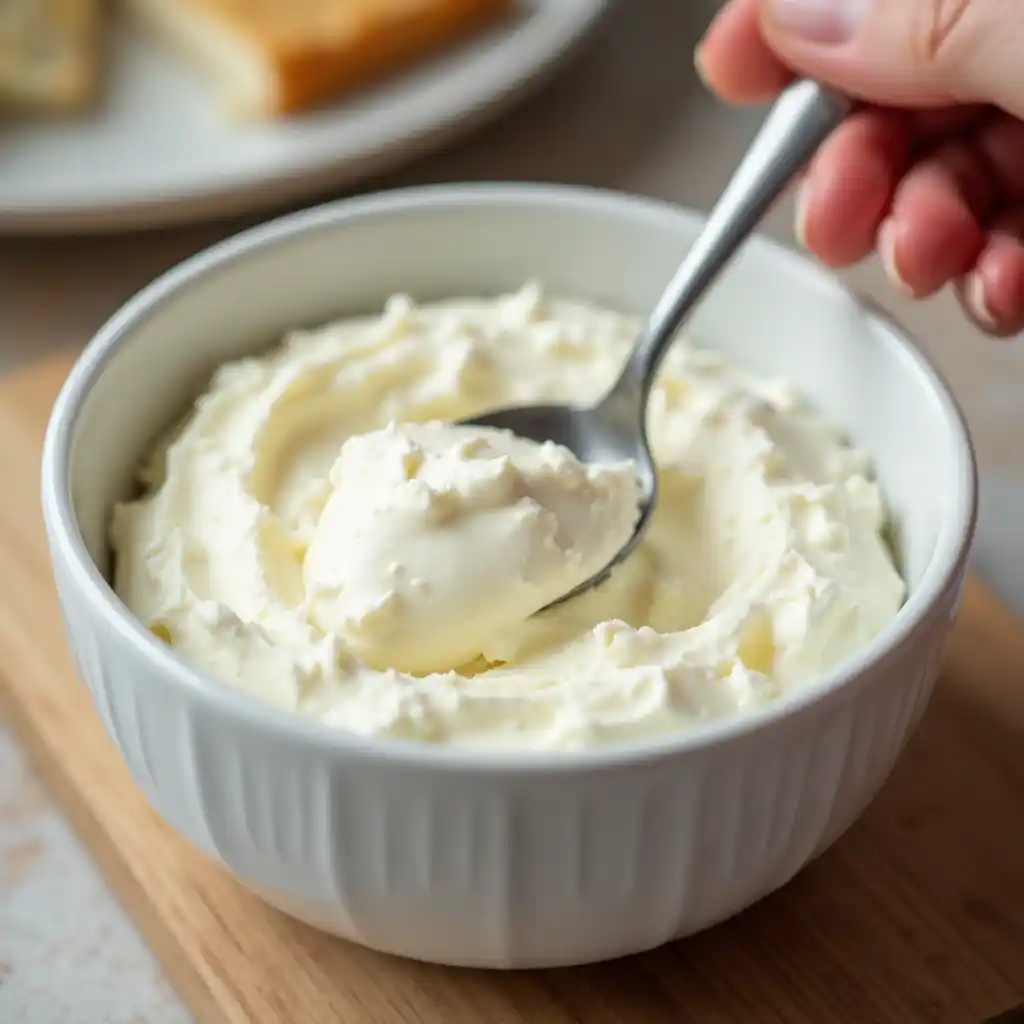
Enhancing Texture and Consistency
Texture is key when eating cottage cheese alone. Whether you prefer it smooth or chunky, there are ways to adjust its consistency to your liking:
- For a Creamier Texture: Blend the cottage cheese in a food processor or blender. This creates a silky, whipped consistency that resembles Greek yogurt.
- For a Chunkier Bite: Drain some of the excess liquid from the container using a fine mesh strainer or cheesecloth. This leaves behind firmer curds with less cream.
Experimenting with Additions That Don’t Overpower
While the focus here is eating cottage cheese plain, there are subtle, minimalist ways to enhance its taste:
- Sprinkle a Pinch of Salt: Adding a tiny bit of salt can enhance its natural flavor.
- Squeeze of Lemon Juice: Just a few drops of lemon can elevate the tanginess without overpowering the simplicity.
- Cracked Black Pepper: If you like a little kick, pepper adds complexity while keeping the dish savory.
Eating Cottage Cheese as a Standalone Snack
Here are some ideas to incorporate cottage cheese into your daily diet without any elaborate prep:
- Straight from the Container: A convenient option for busy days when you need a quick, nutritious snack.
- Single-Serve Portions: Divide the cottage cheese into smaller containers for easy snacking on the go.
- Elevate It with Presentation: Use a small garnish like a sprig of parsley or a light dusting of paprika to make the dish visually appealing without adding calories or masking the flavor.
Avoiding Common Pitfalls
To ensure your cottage cheese is always enjoyable:
- Don’t Let It Sit Too Long: Cottage cheese can dry out if left exposed to air. Cover it tightly when not in use.
- Avoid Freezing: Freezing can alter the texture, making the curds grainy and unappetizing.
- Check for Freshness: Cottage cheese should have a mild, tangy aroma. If it smells sour or overly pungent, it’s likely past its prime.
Enhancing Flavor Without Additives
Cottage cheese has a mild, neutral flavor that appeals to some but may seem bland to others when eaten plain. However, there are natural and creative ways to enhance its taste without adding unnecessary ingredients. These methods allow you to enjoy cottage cheese by itself while appreciating its simplicity.
Focus on Freshness and Quality
One of the best ways to improve the flavor of cottage cheese is by ensuring it’s fresh and of high quality. Here’s how to pick the best:
- Purchase Fresh: Look for cottage cheese with the latest expiration date.
- Opt for Organic Brands: Organic cottage cheese often has a richer flavor due to higher-quality milk and fewer additives.
- Choose Full-Fat Versions: For a more indulgent, naturally creamy taste, try full-fat cottage cheese, which has a smoother, more satisfying flavor than low-fat or non-fat varieties.
Playing with Temperature
The temperature of cottage cheese can impact its taste and texture. Serve it correctly to enhance its natural qualities:
- Serve It Cold: Chilling the cottage cheese intensifies its tanginess and creates a refreshing sensation.
- Room Temperature Option: Letting it sit out for 10–15 minutes softens the texture and mellows the tangy flavor for those who prefer a gentler taste.
Simple, Natural Enhancements
While keeping the focus on eating cottage cheese by itself, these simple tweaks can add subtle flavor layers:
- Lightly Stir with Fresh Herbs: Swirl in herbs like dill or chives for a barely-there enhancement.
- Dust with Spices: A sprinkle of cinnamon or nutmeg can complement its mild sweetness, while smoked paprika or cumin adds depth to its savory profile.
- Drizzle of Olive Oil: A few drops of high-quality olive oil can create a creamy, luxurious finish without overwhelming the cottage cheese.
Exploring Flavor Profiles
Cottage cheese can adapt to different flavor preferences. Consider these minimalist approaches based on what you enjoy:
- For a Tangy Kick: Mix in a tiny amount of fresh lemon or lime zest.
- For a Creamy Richness: Blend cottage cheese with a small dollop of plain Greek yogurt.
- For a Nutty Undertone: Toast the curds lightly in a pan for a unique texture and roasted flavor.
Appreciating the Subtle Flavor
Sometimes the best way to enjoy cottage cheese is to embrace its natural, unadulterated flavor. Focus on its creamy, tangy qualities:
- Chew Slowly: Savor the texture and let the mild tang linger on your palate.
- Pair with Water: Drink plain water alongside to cleanse your palate and highlight the cheese’s natural taste.
Avoiding Common Mistakes with Flavoring
To maintain the simplicity of cottage cheese when eaten alone, steer clear of:
- Overpowering Ingredients: Strong flavors like garlic or hot sauce can overwhelm its mildness.
- Sweetened Varieties: Some brands offer sweetened cottage cheese, but these can mask the natural taste and add unnecessary sugar.
- Low-Quality Brands: Budget brands may have a gritty texture or lack flavor depth, making plain cottage cheese less enjoyable.
Delicious Sweet and Savory Ideas for Mixing with Cottage Cheese
Health Benefits of Cottage Cheese
Cottage cheese is not just delicious when eaten by itself—it’s also packed with health benefits that make it a valuable addition to any diet. From supporting weight management to providing essential nutrients, this versatile food offers a wealth of advantages for your body.
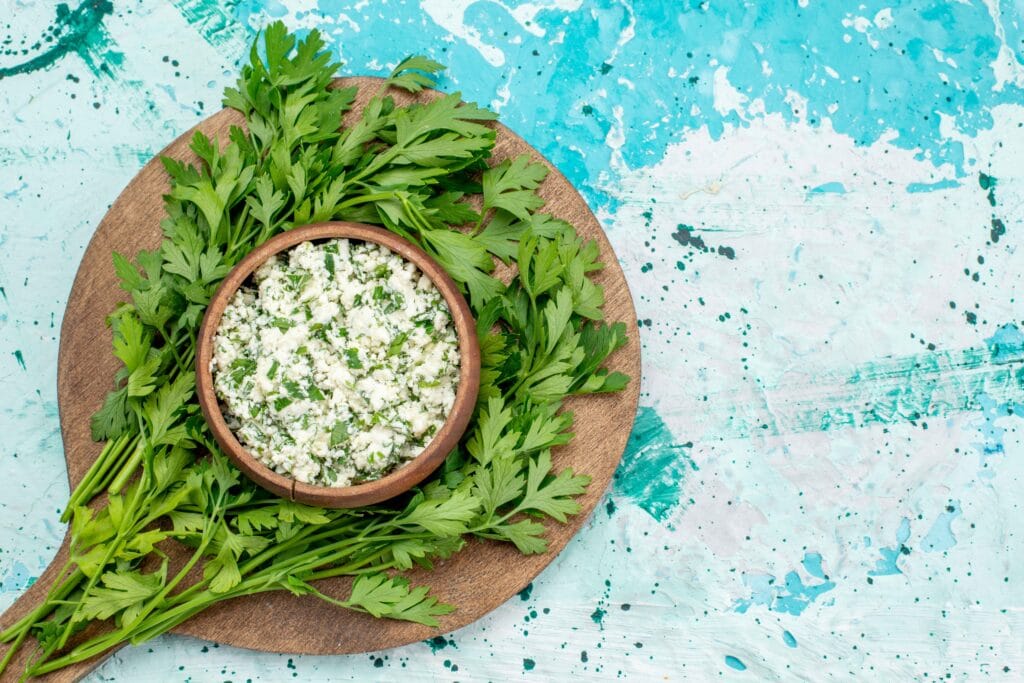
10 Surprising Benefits of Eating Cottage Cheese Daily for a Healthier You
A High-Protein Powerhouse
One of cottage cheese’s most notable features is its high protein content:
- Muscle Building: With up to 14 grams of protein per ½ cup serving, cottage cheese is ideal for athletes and fitness enthusiasts. Protein helps repair muscle tissue after exercise and promotes muscle growth.
- Sustained Energy: Protein slows digestion, providing steady energy throughout the day. Eating cottage cheese alone is a great way to curb hunger between meals.
Ideal for Weight Management
Cottage cheese can play a significant role in weight management due to its nutritional profile:
- Low in Calories: A typical serving contains just 90–120 calories, making it a satisfying, low-calorie snack.
- High Satiety: The combination of protein and minimal carbohydrates helps you feel full longer, reducing the likelihood of overeating.
- Fits Various Diets: Cottage cheese is compatible with low-carb, high-protein, and ketogenic diets, making it versatile for different weight loss plans.
Rich in Essential Nutrients
Cottage cheese offers a wide array of vitamins and minerals essential for overall health:
- Calcium: Supports strong bones and teeth, as well as muscle function.
- Phosphorus: Works with calcium to promote bone health and energy production.
- Selenium: Acts as an antioxidant, protecting cells from damage and supporting immune function.
- Vitamin B12: Essential for red blood cell production and neurological health.
Supports Digestive Health
Cottage cheese can be beneficial for digestion when consumed regularly:
- Probiotic Varieties: Some brands include live probiotic cultures that promote gut health by encouraging a healthy balance of gut bacteria.
- Easy to Digest: Its soft texture and low fiber content make it gentle on the stomach, ideal for people recovering from illness or with digestive sensitivities.
Excellent for Bone Health
The high calcium and phosphorus content in cottage cheese contribute to strong bones and teeth:
- Prevents Osteoporosis: Regular consumption of calcium-rich foods like cottage cheese can reduce the risk of bone density loss as you age.
- Supports Joint Health: Phosphorus plays a role in maintaining cartilage and joint health, aiding mobility.
Benefits for Heart Health
Cottage cheese can also support heart health when chosen carefully:
- Low-Sodium Options: While traditional cottage cheese can be high in sodium, many brands offer low-sodium varieties that are better for heart health.
- Healthy Fat Choices: Full-fat versions contain beneficial fats that support cardiovascular health when consumed in moderation.
A Versatile Option for All Diets
Cottage cheese fits seamlessly into a variety of dietary needs and preferences:
- For Vegetarians: It’s a valuable protein source for vegetarians who do not eat meat.
- For Low-Carb Dieters: Cottage cheese’s minimal carbohydrate content aligns with ketogenic and Atkins-style diets.
- For Pregnant Women: The high calcium and protein content make it a nutritious choice during pregnancy.
The Role of Cottage Cheese in a Balanced Diet
While eating cottage cheese by itself can be beneficial, it’s essential to incorporate it into a balanced diet:
- Complement with Hydration: Pair it with water to stay hydrated and maximize digestion.
- Timing Matters: Cottage cheese makes an excellent post-workout snack or light evening meal due to its slow-digesting protein.
Frequently Asked Questions (FAQs)
Can I eat cottage cheese on its own?
Absolutely! Cottage cheese can be enjoyed all by itself, thanks to its mild, creamy flavor and versatile texture. It’s a convenient snack or meal that requires no additional ingredients, making it perfect for busy days. Whether you prefer it straight from the container or served in a bowl, cottage cheese is a nutritious and satisfying option.
Is cottage cheese good to eat alone?
Yes, cottage cheese is excellent to eat alone. It’s rich in protein, low in calories, and packed with essential nutrients like calcium and vitamin B12. Eating it alone lets you appreciate its natural flavor and texture while avoiding the extra calories or sugars often found in added toppings.
Can you just eat cottage cheese?
Of course! Cottage cheese is designed to be eaten as-is. Many people enjoy its tangy taste and creamy consistency without any accompaniments. For those new to cottage cheese, experimenting with different textures (small curd, large curd, or whipped) can help you find the version that suits your preference best.
How do I get myself to eat cottage cheese?
If you’re hesitant to eat cottage cheese, here are some tips to make it more enjoyable:
- Start Small: Begin with a small serving to get used to the taste and texture.
- Try Different Varieties: Experiment with full-fat, low-fat, or whipped cottage cheese to find your favorite.
- Enhance Naturally: Add a pinch of salt or a squeeze of lemon juice to subtly enhance its flavor without overpowering it.
- Focus on Presentation: Serve it in a small bowl or plate to make the experience more appealing.
- Pair with Water or Tea: A simple drink alongside cottage cheese can cleanse your palate and balance the meal.
Conclusion
Eating cottage cheese by itself is a delightful, simple way to enjoy this nutritious dairy product. With its high protein content, low calorie count, and essential vitamins and minerals, cottage cheese is an excellent choice for anyone looking for a healthy, versatile snack. Whether you enjoy it creamy, chunky, or whipped, cottage cheese can easily fit into your daily diet without any fuss.
By focusing on freshness, presentation, and subtle enhancements, you can elevate cottage cheese into a satisfying standalone dish. Whether you’re looking to fuel your day, manage your weight, or boost your protein intake, cottage cheese is a smart, delicious choice.
How to Eat Cottage Cheese by Itself: Tips, Tricks, and Health Benefits

